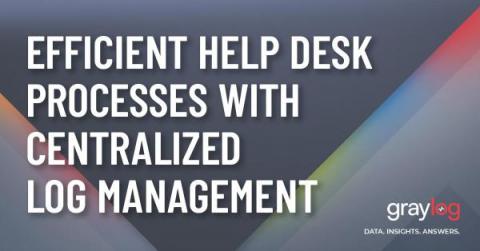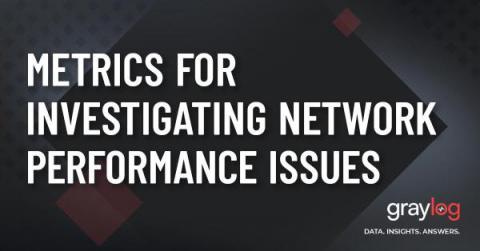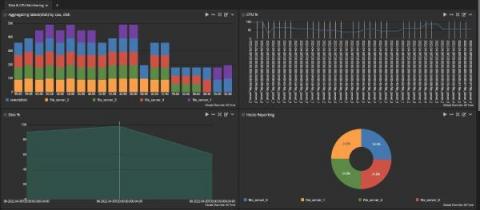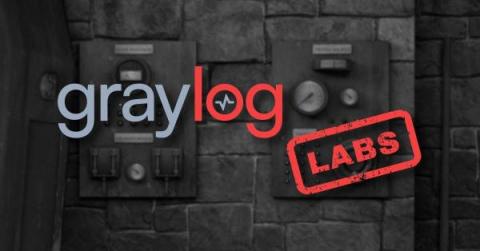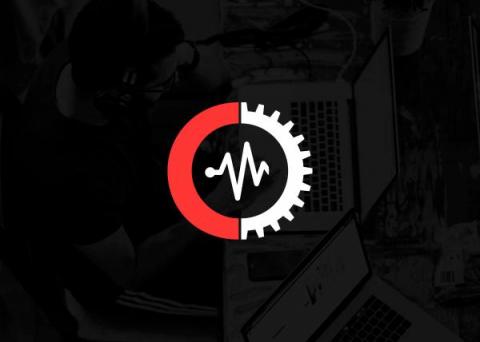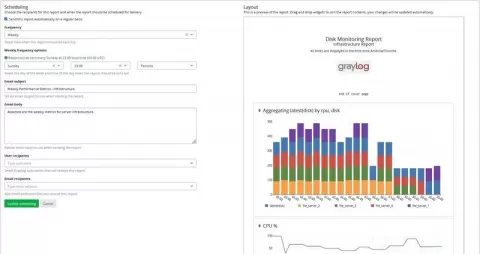Understanding ITIL 4 Practices
As an IT service manager, you love solving problems and helping your people improve business processes. You thrive on those unexpected moments where your experience adds value, whether providing advice to someone in-house or collaborating with a customer. However, you need to have efficient processes and practices in place. Otherwise, you’re never going to be able to do the things you love the most.




